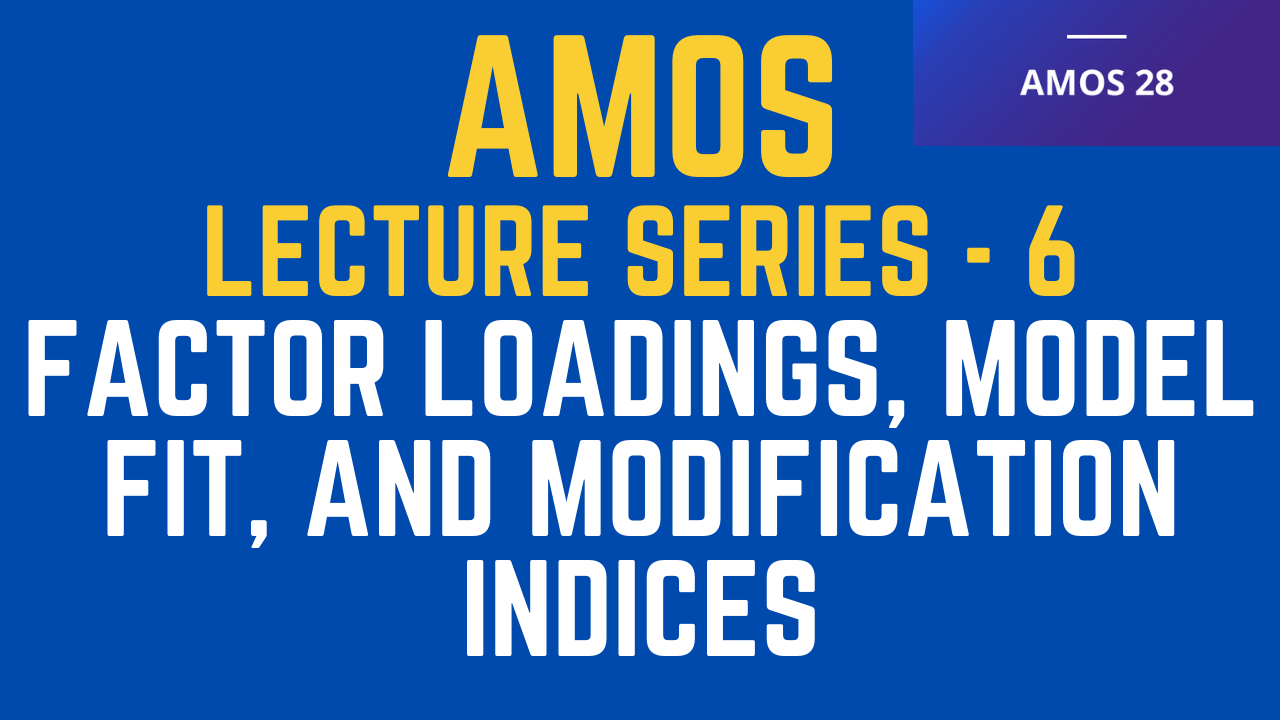What Will be Discussed?
The tutorial will discuss in detail the concept of factor loadings, acceptable factor loadings, model fit statistics, acceptable model fit statistics to establish a good fit, and how to use Modification Indices to improve model fit.
